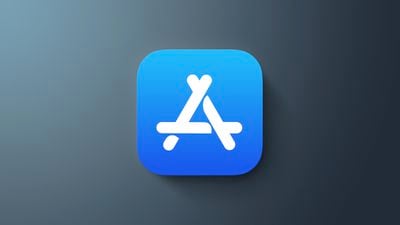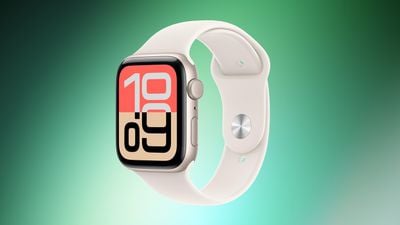Amazon this week is discounting a collection of Beats headphones and speakers, including a low price on the Powerbeats Pro 2. You can get this new 2025 model for $199.95 in four colors, down from $249.99. This deal on the Powerbeats Pro 2 is being matched at Best Buy, along with a few other Beats deals.
 Note: MacRumors is an affiliate partner with some of these vendors. When you click a link and make a purchase, we may receive a small payment, which helps us keep the site running.
Note: MacRumors is an affiliate partner with some of these vendors. When you click a link and make a purchase, we may receive a small payment, which helps us keep the site running.
This sale also includes discounts on products like the Beats Pill, which has hit $109.99 on Amazon, down from $149.95. This is a second-best price on the speaker.
Additionally, Amazon has the Beats Studio Buds+ for $149.95, down from $169.95. These have up to 9 hours of playback (up to 36 hours with charging case), USB-C, active noise cancellation, transparency mode, and an IPX4 rating for sweat and water resistance.
You'll also find a few steep discounts on over-ear headphones, like the Beats Studio Pro at $179.95, down from $349.99, and some markdowns on Beats iPhone 17 cases.
- Beats Studio Buds+ - $149.95, down from $169.95
- Beats Pill - $109.99, down from $149.95
- Beats Solo 4 - $149.95, down from $199.95
- Beats Studio Pro - $179.95, down from $349.99
- Powerbeats Pro 2 - $199.95, down from $249.99
- Beats USB-A to USB-C Woven Cable - $9.89, down from $18.99
- Beats iPhone 17 Case - $18.80 with on-page coupon, down from $45.00
- Beats iPhone 17 Pro Case - $22.45, down from $45.00
- Beats iPhone 17 Pro Max Case - $28.17, down from $45.00
If you're on the hunt for more discounts, be sure to visit our Apple Deals roundup where we recap the best Apple-related bargains of the past week.
Deals Newsletter
Interested in hearing more about the best deals you can find this holiday season? Sign up for our Deals Newsletter and we'll keep you updated so you don't miss the biggest deals of the season!






















 Image Credit: Steve Stearns
Image Credit: Steve Stearns










 Apple Noida
Apple Noida
 Apple Livat Beijing
Apple Livat Beijing Note: MacRumors is an affiliate partner with Amazon. When you click a link and make a purchase, we may receive a small payment, which helps us keep the site running.
Note: MacRumors is an affiliate partner with Amazon. When you click a link and make a purchase, we may receive a small payment, which helps us keep the site running.















